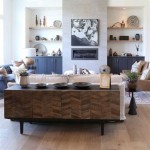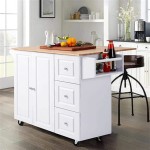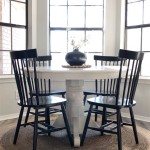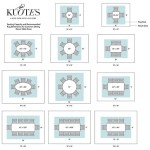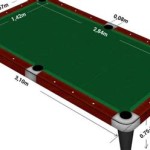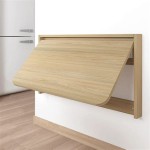Dining Room Table Place Settings: A Guide to Proper Etiquette
A well-set dining room table is not just about aesthetics; it reflects a sense of formality and care for the dining experience. Proper place settings communicate respect for your guests and create a visually appealing and organized environment. This guide provides a comprehensive overview of dining room table place settings, covering the essential elements, their placement, and variations for different occasions.
The Basic Place Setting
A basic place setting includes the essential items needed for a formal or semi-formal meal. The order of placement follows a specific protocol, ensuring functionality and visual balance. The plate, cutlery, and glassware are strategically arranged, creating a guide for guests to navigate the meal.
Here's a breakdown of the key elements and their placement:
Dinner Plate:
Positioned in the center of the place setting, the dinner plate serves as the base for the rest of the items.Fork:
Placed to the left of the dinner plate, with the tines facing upwards.Knife:
Positioned to the right of the dinner plate, with the blade facing the plate and the handle pointing towards the right.Spoon:
When included, the spoon is placed to the right of the knife, with the bowl facing upwards.Napkin:
Can be placed to the left of the forks, folded neatly or rolled. Alternatively, it can be placed on the dinner plate.Water Glass:
Positioned above the knife, typically about an inch from the edge of the table.
Variations and Additional Items
Place settings can be adapted based on the specific menu and level of formality. For example, a multi-course meal would typically include additional cutlery for specific courses. Here's a guide to common variations and their placement:
Salad Fork:
Placed to the left of the dinner fork, with the tines facing upward.Soup Spoon:
Placed to the right of the knife, parallel to the spoon.Dessert Spoon or Fork:
Placed above the dinner plate, horizontally, with the handle pointing towards the right.Bread and Butter Plate:
Placed to the upper left of the dinner plate, with a butter knife placed diagonally across the plate.
Formal vs. Informal Place Settings
The level of formality dictates the complexity of a place setting. Formal dining often involves a more elaborate arrangement with additional items, while informal settings may opt for a simpler approach.
Formal Place Settings:
Typically include a complete set of cutlery (for salad, soup, fish, main course, and dessert), a bread-and-butter plate, and various glasses for water, wine, and perhaps champagne.Informal Place Settings:
May simplify the arrangement, using fewer pieces of cutlery and glasses. The focus is on functionality and ease of dining.
Remember that the key to a successful place setting lies in creating a balanced and aesthetically pleasing arrangement that is both practical and inviting for your guests. By understanding the basics and adapting the elements to your needs, you can confidently create a dining experience that is both memorable and elegant.

How To Set The Table For Any Occasion Grain Frame

The Ultimate Table Setting Guide How To Set A Proper Showit Blog

How To Set The Table For Any Occasion Grain Frame

How To Set A Table Crate Barrel
How To Set A Table Place Setting Guide

Ideas For Setting The Table From Kirkland S Insiders Half Full
Proper Table Setting Guide The Butler Speaks

Dining Room Table Place Settings 2024 Www Alhudapk Com

Minimalist Style Table Setting For Spring On Sutton Place

How To Decorate Your Dining Room With Lemons

